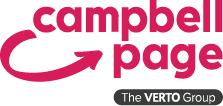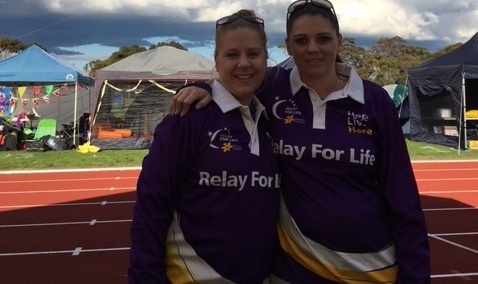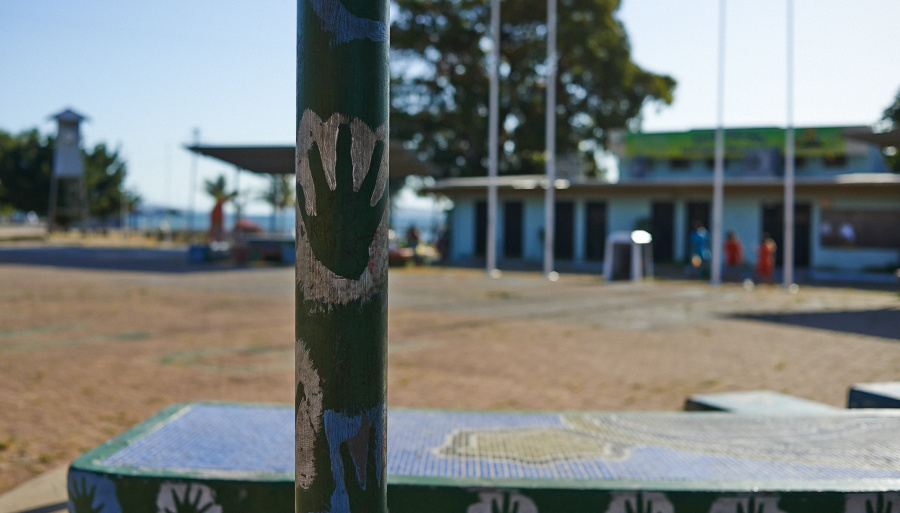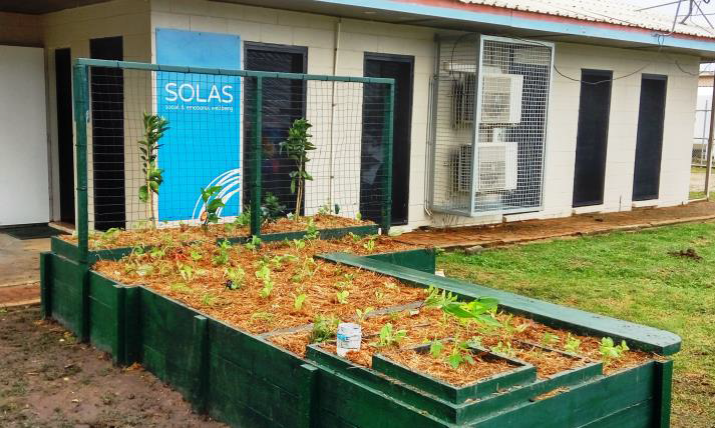So, you have written an incredible resume that has gotten you an interview with a potential employer – now what? Our Guide to Interview Success is exactly what you need.
Often we get so carried away with making ourselves look great on paper that we forget we may then need to present the same confident, hardworking individual in person or over the phone in an interview.
Compiled below is a 5 Step Guide to Interview Success that will help you make an excellent first impression.
-
Prep! Prep! Prep!
Once the initial excitement of being offered an interview has worn off you must now begin to think about the process of the interview itself. What will you be asked? What is the company background? Practicing your answers to commonly asked interview questions is a great way to prepare yourself and decide on what your main points about why you are the right person for the job will be.
We recommend doing your homework well before your interview date, not on the way to the interview, as this will give you a much better chance at interview success.
-
Dress to Impress
Aim to dress professionally, yet suitable for the position you are interviewing for. For example an extremely corporate outfit might seem a little overdressed for a job interview if the position does not call for you to dress similarly each day. At the same time it is important not to under-dress. Wearing a singlet or old tee shirt with shorts and thongs is too casual to be deemed professional at any job interview. If you are going for a job at a local retail outlet a collared shirt with dress pants or a tailored and non-revealing dress would be suitable.
-
Arrive Early
Plan out your day around the interview. Will you be driving, walking or taking public transport? How long will it take via your chosen transportation method to arrive at your destination? You have probably heard the phrase, “If you are not 15 minutes early, you are already late” – this can be a tricky one as some employers will enjoy your eagerness, while others will feel rushed to get to you. In any case, arriving early is a great way to show not only your eagerness for the position but it demonstrates a great work ethic, which could lend way to interview success. If the interviewer is not ready for you, it also gives you a few minutes to compose yourself.
-
Non-verbal Communication is Key
Non-verbal communication is as important as verbal communication. When you first meet your interviewer you should stand, smile and create eye contact before giving a strong (dry!) handshake. No matter how nervous you are it is important to make eye contact with your interviewer whenever they are speaking to you, or you are speaking to them. It demonstrates respect and illustrates that you are listening and taking in everything they say. Smiling during the interview is also a great way to relax yourself and make both you and the interviewer feel comfortable.
-
Follow up the interview
Regardless of how you think the interview went, it is polite to send a follow up email or note thanking the interviewer for their time. It is not only polite, but not all individuals who were interviewed will do so, so it will make you stand out even more than you already have. You should do so after the interview, but it shouldn’t be the first thing you do when you leave. Wait a day or two, as the interviewer’s mind is more likely to be clear, rather than foggy after interviewing 6-10 other people that day.
Good luck!
Campbell Page is a not-for-profit organisation dedicated to making a difference in our communities. If you would like to find out more about what we do, please visit the About Us page on our website or contact us directly.
Words by: Tiarne Pattison
tiarne.pattison@campbellpage.org.au





